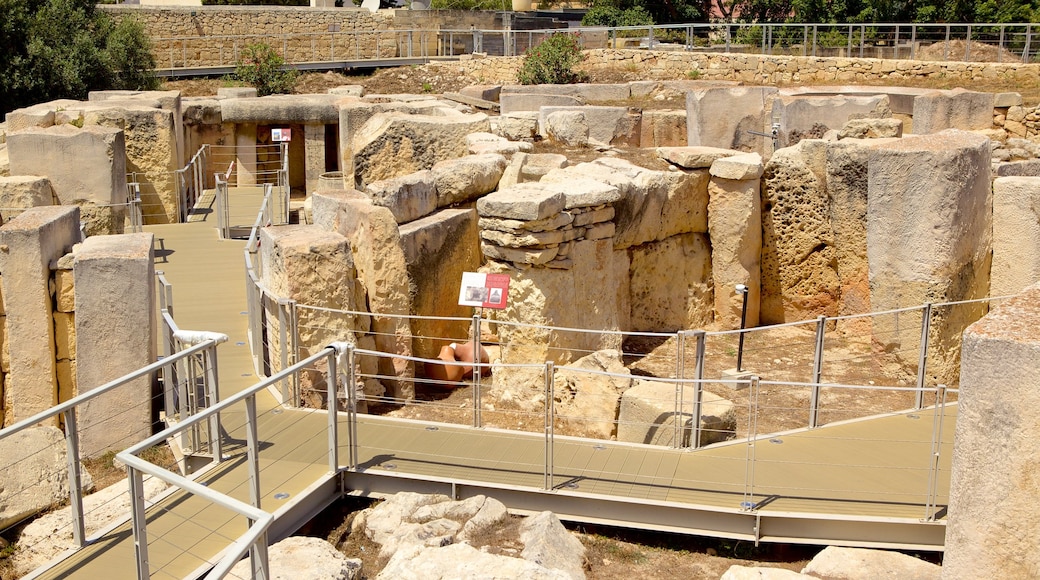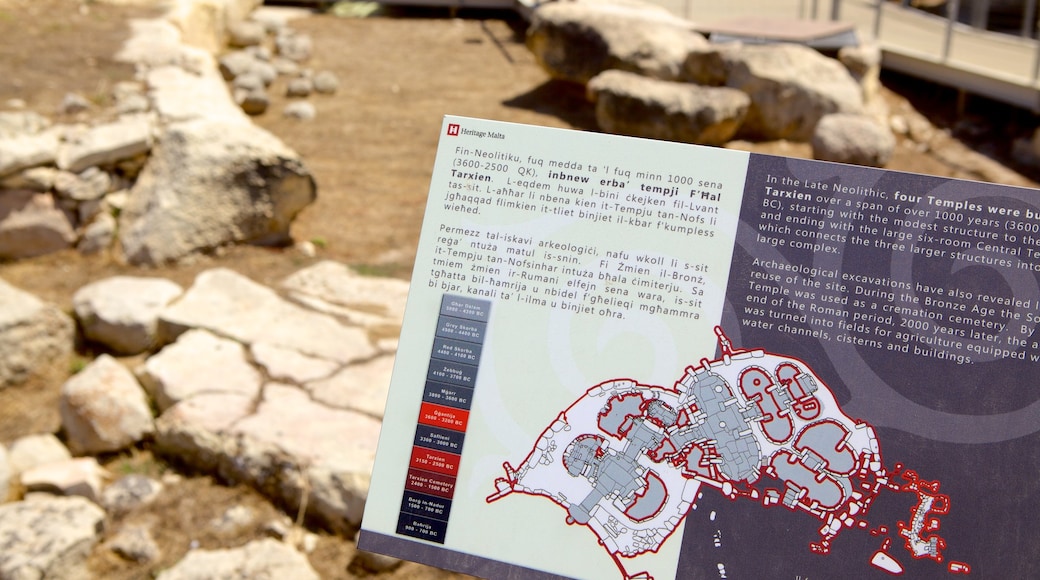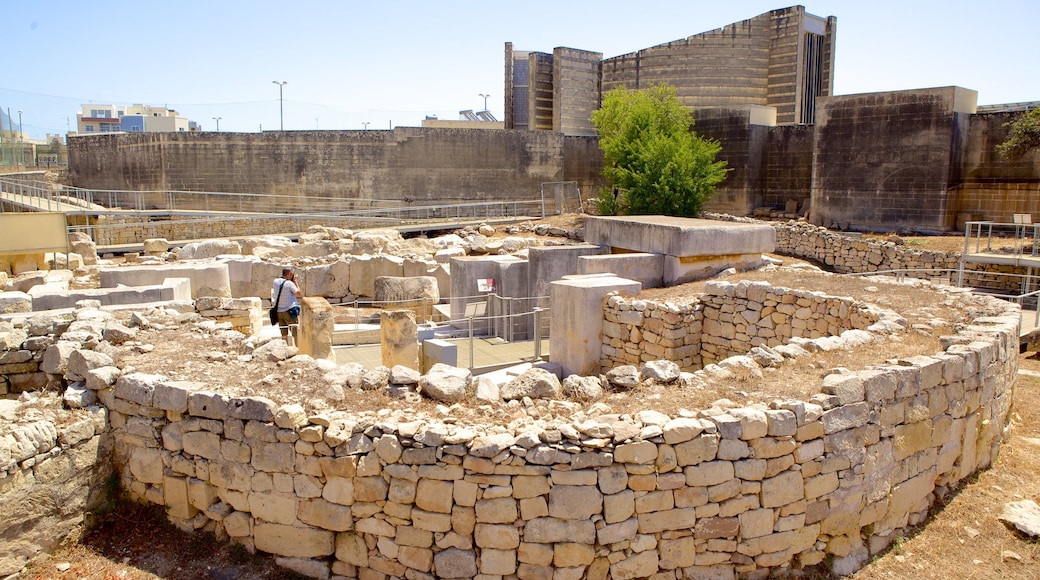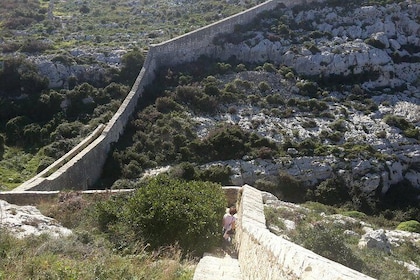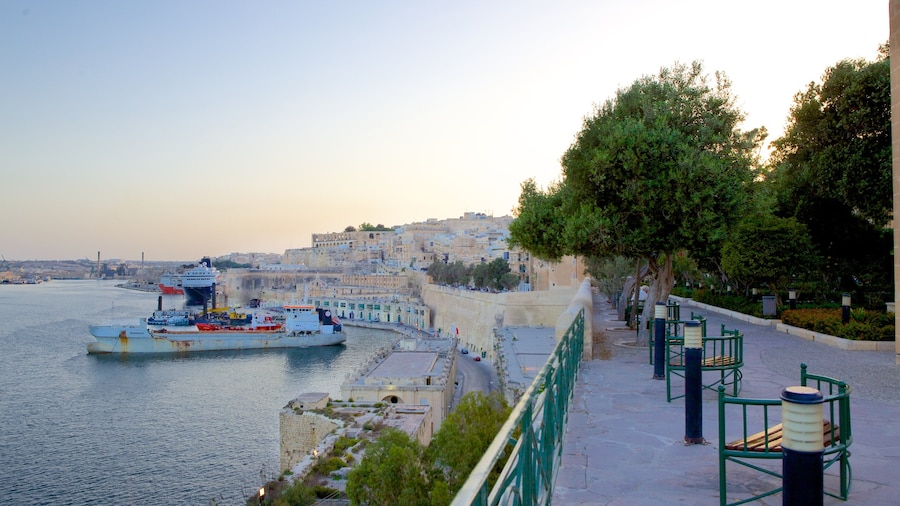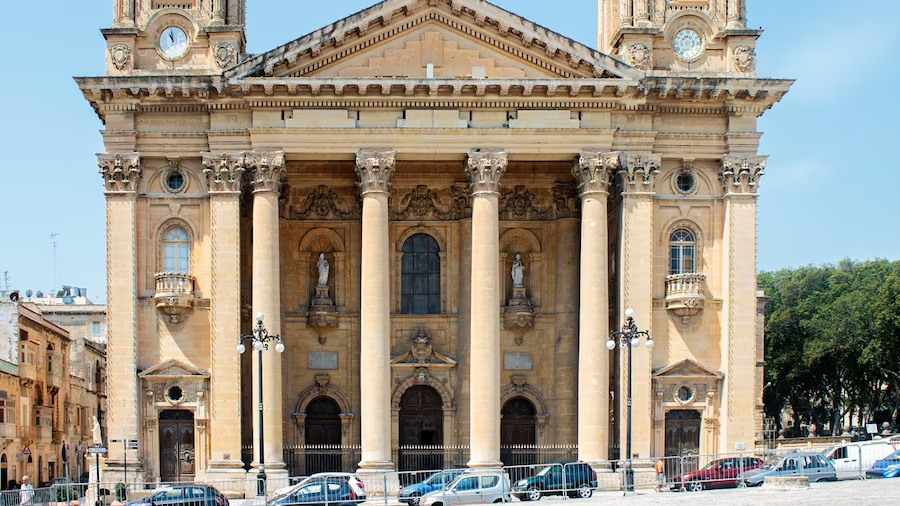Walk through an ancient temple complex that is more than 5,000 years old. See altars, statues and fascinating decorative carvings.
Delve into Malta’s prehistory when you explore the Tarxien Temples, a complex of four megalithic structures. They were built between 3600 and 2500 B.C. and are noted for the large blocks of stone decorated with spirals and reliefs of domestic animals.
Local farmers discovered the ruins in 1913 and excavations started shortly afterwards. Archaeologists believe that animals may have been sacrificed here as part of the religious ceremonies. During the diggings, animal bones and blades were discovered.
Go to the South Temple to see the large, headless statue of a female. Scholars think she represents a goddess of fertility. There are two large bowls in the temple's left apse, one of which was carved from a single piece of rock. Very little remains of the site’s two other principal temples. Even so, you will be able to get a sense of their layouts. At the East Temple, note the holes in the walls. These may have allowed women to hear the religious proceedings from outside.
As you wander through the ruins, study the reliefs and carvings on the rocks. See depictions of goats, bulls and pigs. Information panels provide explanations about what you are looking at. Amid the structures, you will see copies of altars, friezes and statues. The originals are on display at the National Museum of Archaeology in Valletta. As well as walking among the ruins, you can view them from an elevated walkway.
The archaeological site is open every day except some major holidays. There is a small admission fee which is half price for children.
To reach the Tarxien Temples, drive 4 miles (6.5 kilometres) south from the centre of Valletta. There is plenty of parking near the site. Alternatively, take a bus from the capital. After your visit, go to the nearby Hypogeum. This ancient site is a few minutes’ walk away and is a vast subterranean necropolis on three levels.
